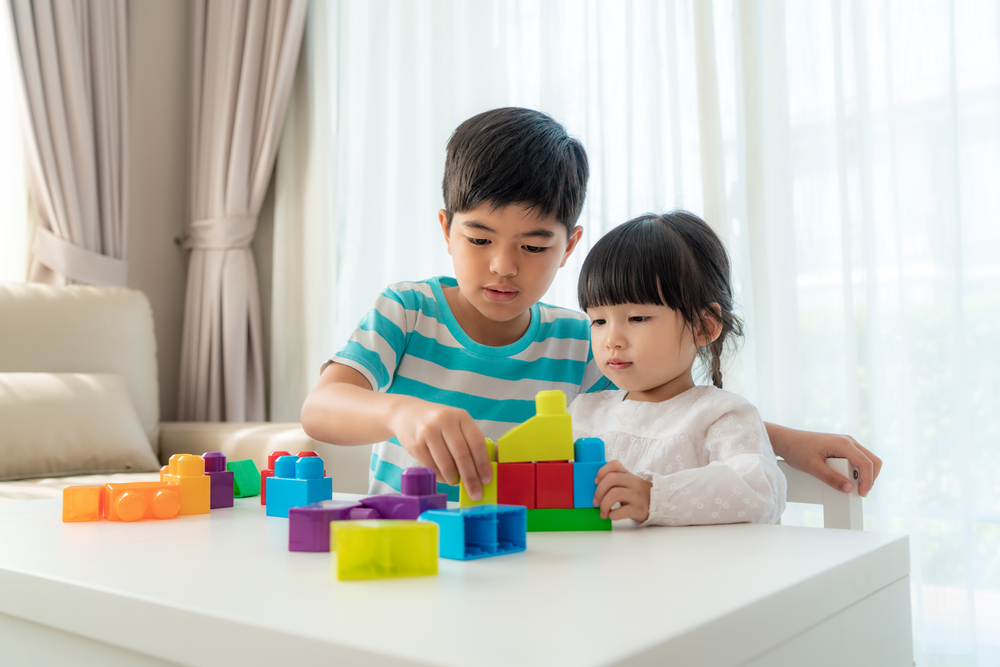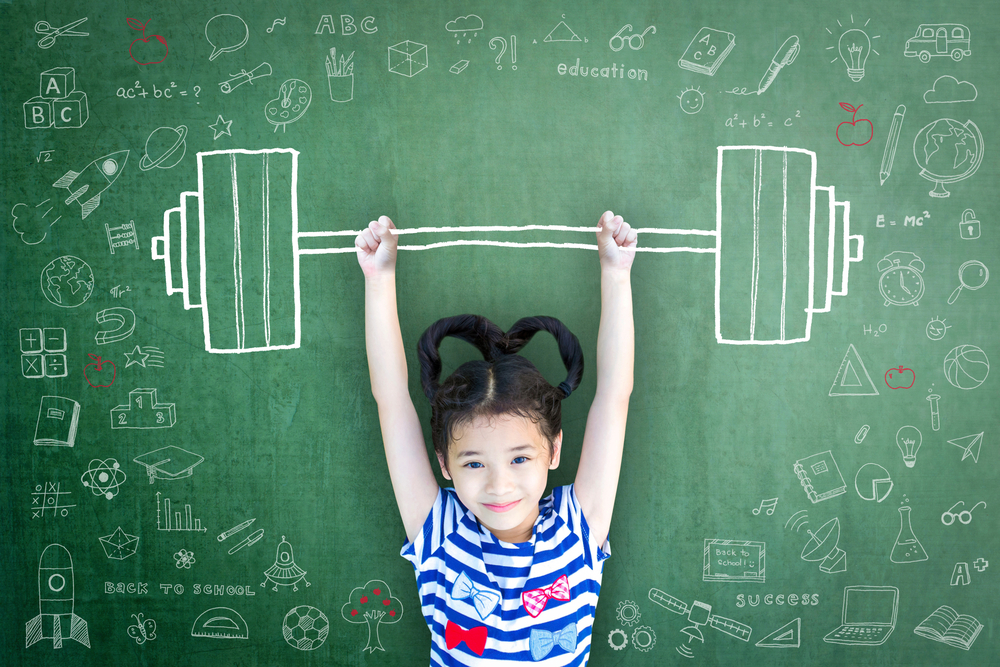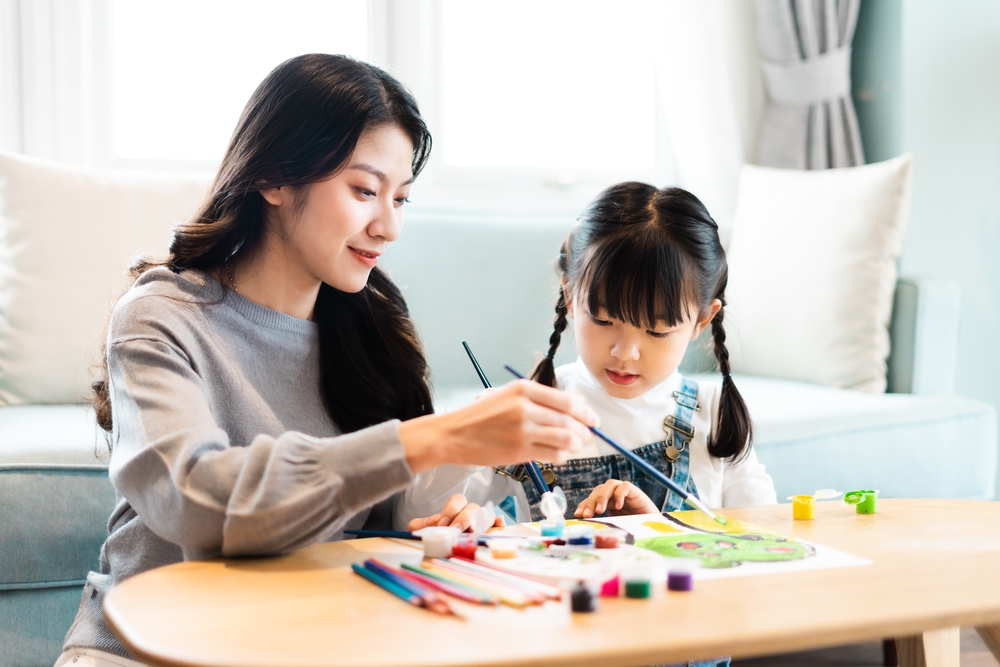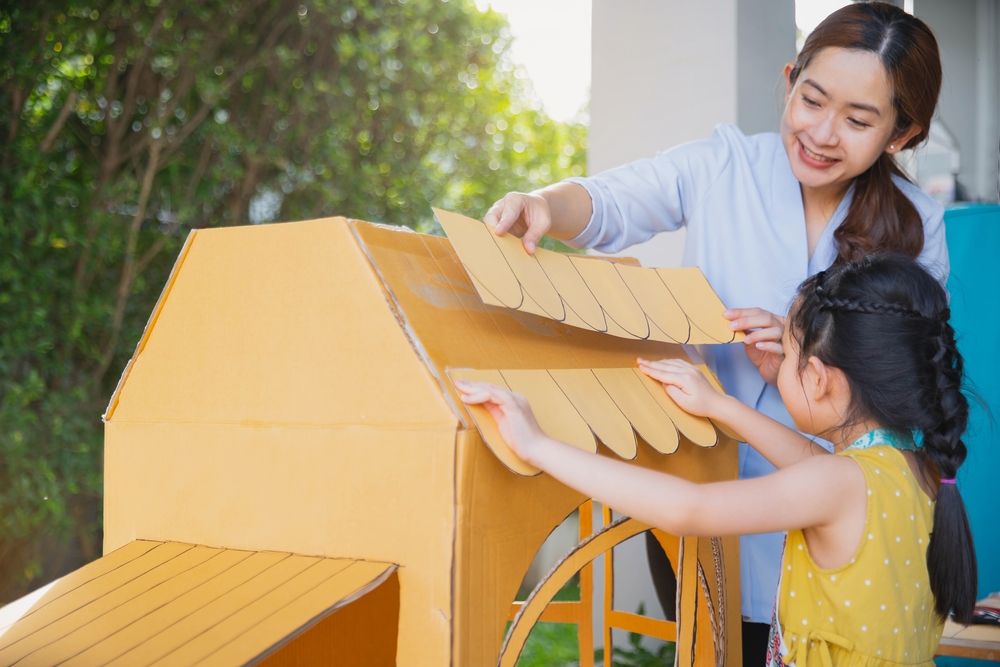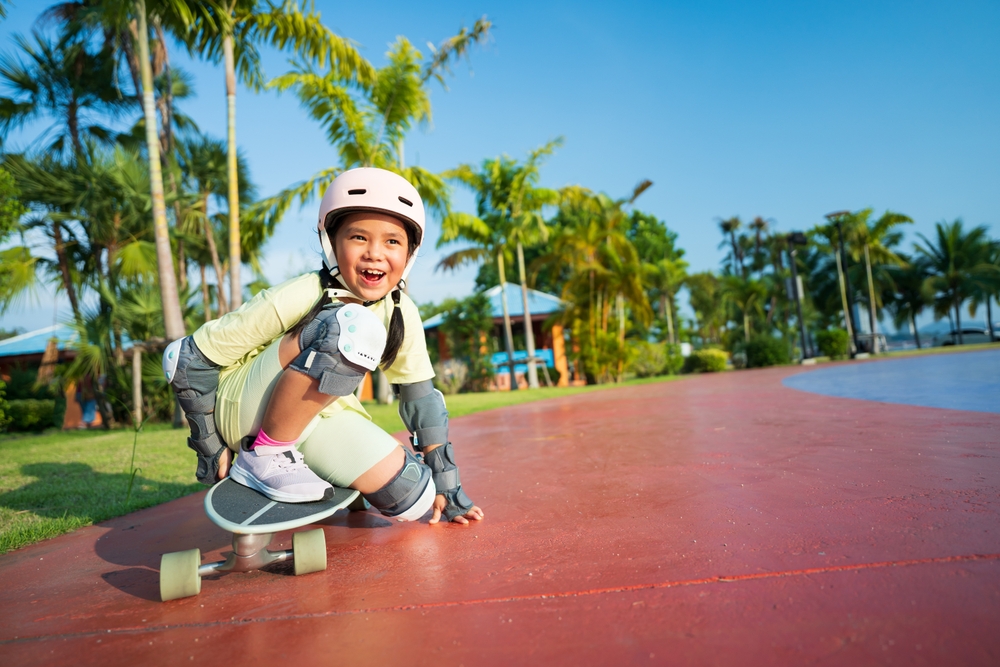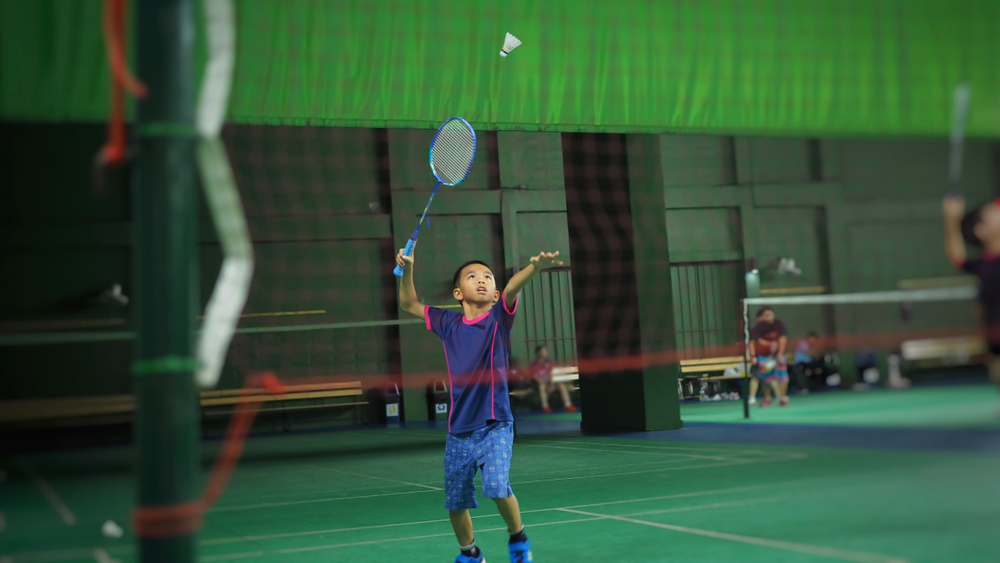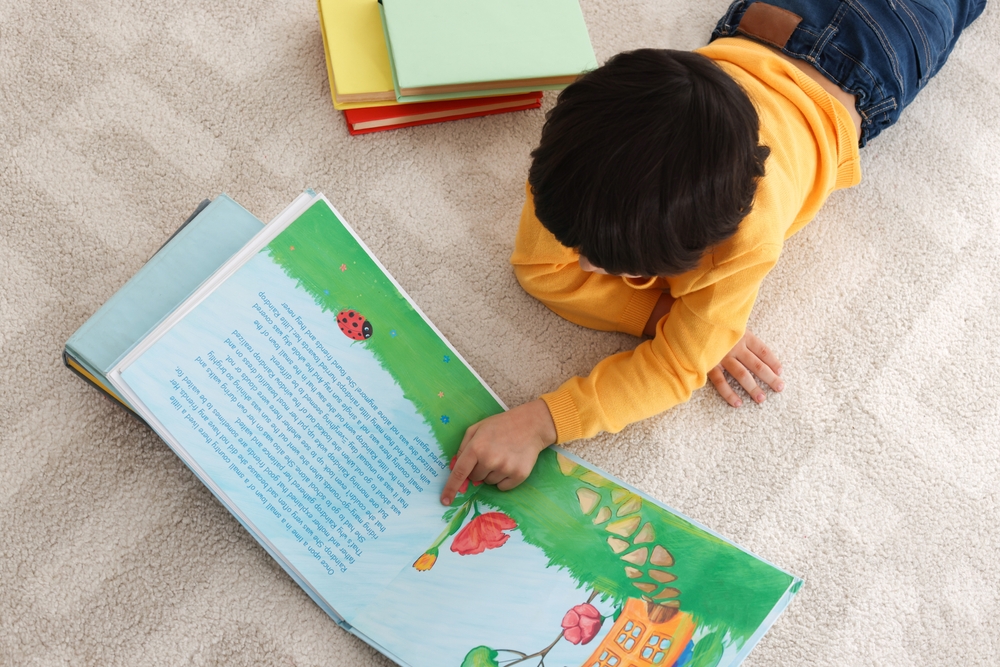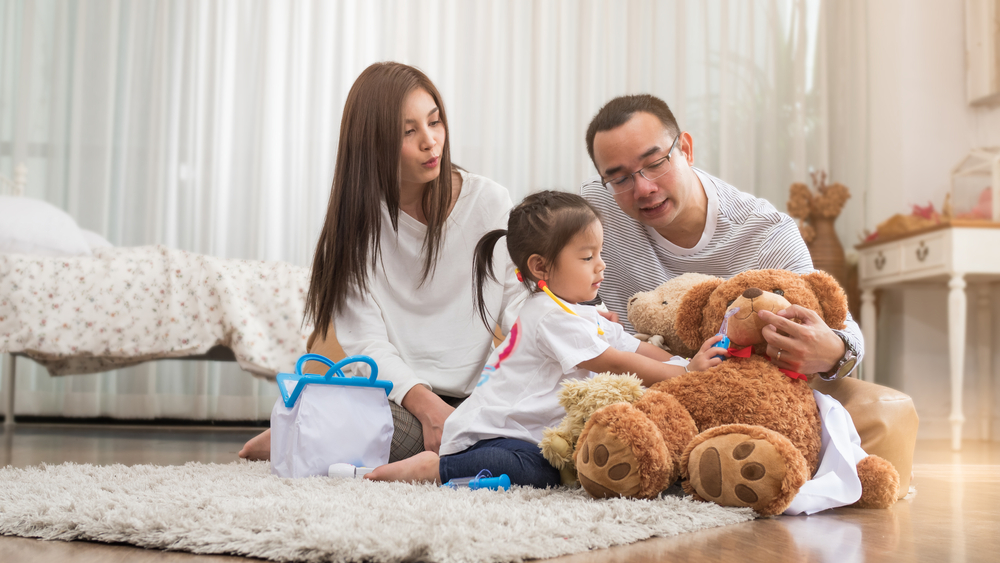Parenting Tips
Hot-tempered parents

Written by : Marriage and Family Therapist Rachel Ng
Children easily become timid, reticent, and lack confidence when dealing with hot-tempered parents. However, some children may learn to solve problems in an aggressive manner, mimicking their parents. Obviously, both patterns are detrimental to a child’s personality development! Can parents improve their hot-tempered nature?
Personality tendencies and life stress
It’s undeniable that a part of one’s temperament is innate, which we cannot overlook. Just like children have different traits, some parents are naturally more sensitive, react quickly, and have lower adaptability. These types of parents, when entering the stage of raising children, often coincide with a critical period in their career development. Due to their low adaptability, they easily become anxious due to changes in the environment, work demands, and their own career advancement, requiring a lot of time and energy to cope. At home, the various temperaments of children and their growing needs already pose many challenges to parents. Therefore, parents who are impatient and have low adaptability can easily lose their temper, using it as a way to vent their unease and attempt to control the situation, hoping to restore order and reduce their own anxiety.

Trauma from the Family of Origin
Some parents are not inherently impatient, but if they experienced neglect, abuse, and damage to their self-esteem and personality during their upbringing, these parents are likely to perceive their child’s disobedience, tantrums, and other challenging behaviors as personal rejections, triggering their own childhood traumas and leading to emotional instability and frequent outbursts of anger. Parents often fail to recognize that their anger at the moment is largely a hypersensitive reaction stemming from past hurts, attributing the cause of their anger solely to the child’s behavior, resulting in disproportionate emotional responses and excessive punishment of the child.
Conflict with Spouse
Parents who are quick-tempered find it difficult to remain calm during conflicts with their spouse, leading to strained marital relationships and a discordant family atmosphere. Sometimes, they resort to quick but superficial solutions to ease conflicts, leaving the underlying issues unresolved. As resentment between spouses builds up over time and remains unaddressed, parents may vent their accumulated negative emotions on their children when they misbehave, leading to hurtful remarks and creating more complex family issues.

Trauma from the Family of Origin
Some parents are not inherently impatient, but if they experienced neglect, abuse, and damage to their self-esteem and personality during their upbringing, these parents are likely to perceive their child’s disobedience, tantrums, and other challenging behaviors as personal rejections, triggering their own childhood traumas and leading to emotional instability and frequent outbursts of anger. Parents often fail to recognize that their anger at the moment is largely a hypersensitive reaction stemming from past hurts, attributing the cause of their anger solely to the child’s behavior, resulting in disproportionate emotional responses and excessive punishment of the child.
Conflict with Spouse
Parents who are quick-tempered find it difficult to remain calm during conflicts with their spouse, leading to strained marital relationships and a discordant family atmosphere. Sometimes, they resort to quick but superficial solutions to ease conflicts, leaving the underlying issues unresolved. As resentment between spouses builds up over time and remains unaddressed, parents may vent their accumulated negative emotions on their children when they misbehave, leading to hurtful remarks and creating more complex family issues.


